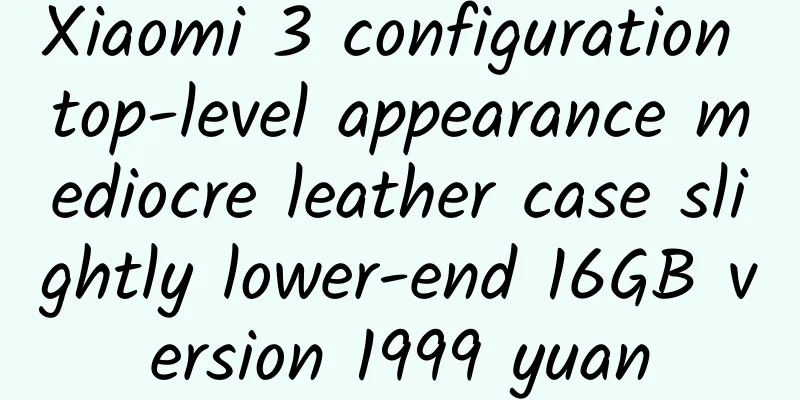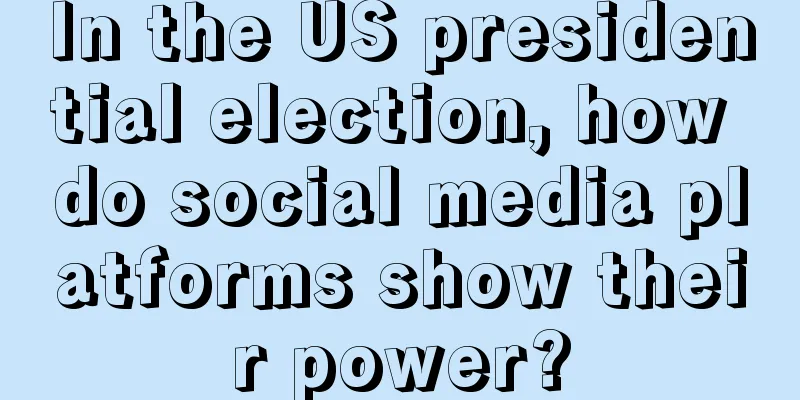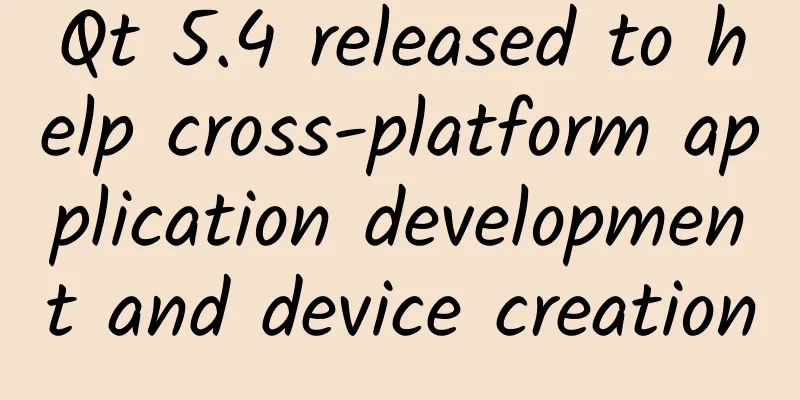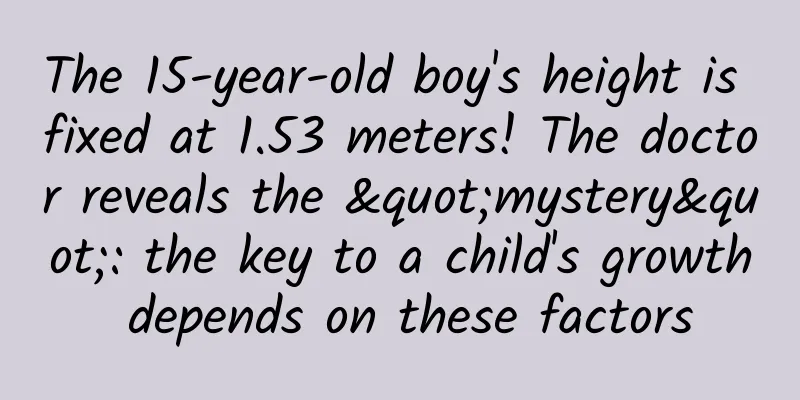iOS 13 shortcuts add "automation", what changes will this bring to the iPhone?

|
Workflow was originally a third-party efficiency tool. After being acquired by Apple, it was launched as a built-in feature on iOS devices. Apple renamed it "Shortcuts" to better integrate it with the iOS ecosystem. We have recommended many useful "Shortcuts" to you before. In iOS 13 Beta 2, shortcuts are more powerful, with an added "automation" feature that can automatically run some operations when conditions are met. What changes will it bring to our iPhone? You are already a mature mobile phone, it's time to learn to operate it yourself The original shortcut command trigger conditions have two kinds: active operation and calling out with Siri. The automation function goes a step further and can automatically run the operation when certain conditions are triggered. Several default condition settings have been given in the shortcut command: "XX o'clock" and "When the alarm stops" related to the schedule, "When arriving at XX place" and "When leaving XX place" related to the trip, "When turning on airplane mode" and "When connecting to home Wi-Fi" related to settings, etc. The basic principle is: when "XX" condition is met, "XX" operation is automatically performed. For example, you can set it to automatically play songs from NetEase Cloud Music's private FM when the alarm goes off every morning. Click the + sign to create personal automation, select the alarm, set it as the wake-up alarm, and when the alarm goes off, the condition selection is completed. The next step is to set the operation to be performed. Here, just like setting shortcuts, just select from the given operations. The operations given in the shortcuts are very rich. If you know a little bit of technology, you can use syntax to implement very complex commands. But don't worry, novices can also choose simple operations through suggestions. For example, the private FM of NetEase Cloud Music has been simplified into one operation, which can be directly clicked. It should be noted that the suggestions in the shortcuts require you to have used the app before to trigger it. If it is a newly downloaded app, remember to run it manually once first. From active to passive operation The automation function does not add "operations" to the shortcut commands, but makes the "trigger conditions" smarter, allowing some operations to be "passively executed". Combining these trigger conditions with rich commands can achieve many interesting operations. For example, I listen to podcasts on my way to and from get off work every day. I can set it to "open Himalaya FM" when "Bluetooth is connected to AirPods". I usually use the speakers at home to listen to music. I can set it to "open NetEase Cloud Music" when "Bluetooth is connected to XX speaker". This is actually automating the operations you have to repeat every day to achieve the purpose of improving efficiency. When I get home from get off work every day, I will check what I have not done today. I can set it to execute the operation of "getting upcoming reminders" when "connecting to home Wi-Fi". When I go out, I usually turn on low power mode, and the first thing I do when I get home is to charge my phone. To avoid forgetting, I can set a reminder to "charge my phone" when "low power mode is disabled", and the reminder can be further set to remind me "when I arrive at my home location". This is the result of the combination of shortcut commands and the iOS ecosystem, which connects built-in applications, phone status, and location. If you always forget to clock in after get off work, you can set "Wait until the alarm goes off" to automatically execute the "Open DingTalk" operation. Opening the App should be the simplest operation in the shortcut command. It can be used to automate many repetitive operations. Mobile applications are always said to be information islands. At least at the operational level, automation functions can bring them closer. Not just mobile phones, Apple will also launch Mac version shortcuts After Workflow becomes a built-in shortcut command, more operations can be performed, but this change is not easy to be "seen". Apple's biggest change is to change the "trigger condition". In the Workflow era, it was active, and in the iOS 12 era, it was Siri calling out. iOS 13 supports automation, making the operation "passive". In addition to the operations on the phone itself, shortcuts can also set up "home automation" and link with HomeKit. Recently, foreign media reported that Apple will also launch a Mac version of shortcuts. Presumably, at that time, the connection between Apple devices will be smoother. |
<<: On the development of "Android" in the next ten years
>>: iOS 13 Beta 3 released with new features and changes
Recommend
Be careful! Don’t wear headphones like this! The harm is beyond imagination...
This article was reviewed by Tao Ning, PhD, Assoc...
What is a good retention rate? 3 cases to analyze the core direction of user retention
The identification standard of retained users rec...
Inventory of Durex brand marketing creativity!
The weather has been very cold these days, as col...
If you want to be a full stack engineer
Let me use my expertise to explain the term “full...
With DeepSeek, do I still need to learn writing?
At the end of 2024, on the eve of the launch of t...
Highlights of APP free and paid channel promotion!
Before I did it, I had heard of various methods o...
Datong Volcano Group has a group of "volcano babies"? If you don't believe it, take a look →
The Datong Volcano Group is located in Yunzhou Di...
How to carry out advertising in the medical beauty industry? Case Analysis
Today, Qingguajun will share with you the analysi...
A wonderful phenomenon in nature: the “creator” of the “clear distinction” is actually this!
The idiom "荆魏分明" comes from "The B...
Battery strategy error, Watma's financial crisis caused shutdown
On June 28, Shenzhen Watma Battery Co., Ltd. issu...
Who will take the lead in the new trend of shoe washing machines?
Have you ever had this experience: every time you...
Information flow advertising landing page planning methodology!
The 7 creative rules for information flow adverti...
Brain-computer interface technology helps humans realize "mind communication", how far are we from the cyborg world?
After a stroke, brain damage leads to limb paraly...
How to tap into high-value customers through different channels?
Before their first contact with a salesperson, co...









